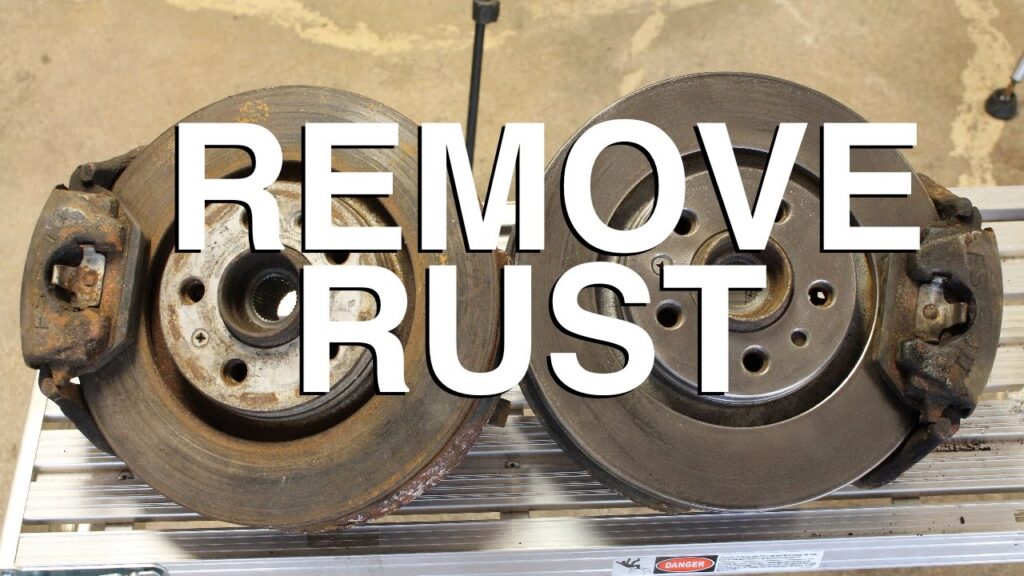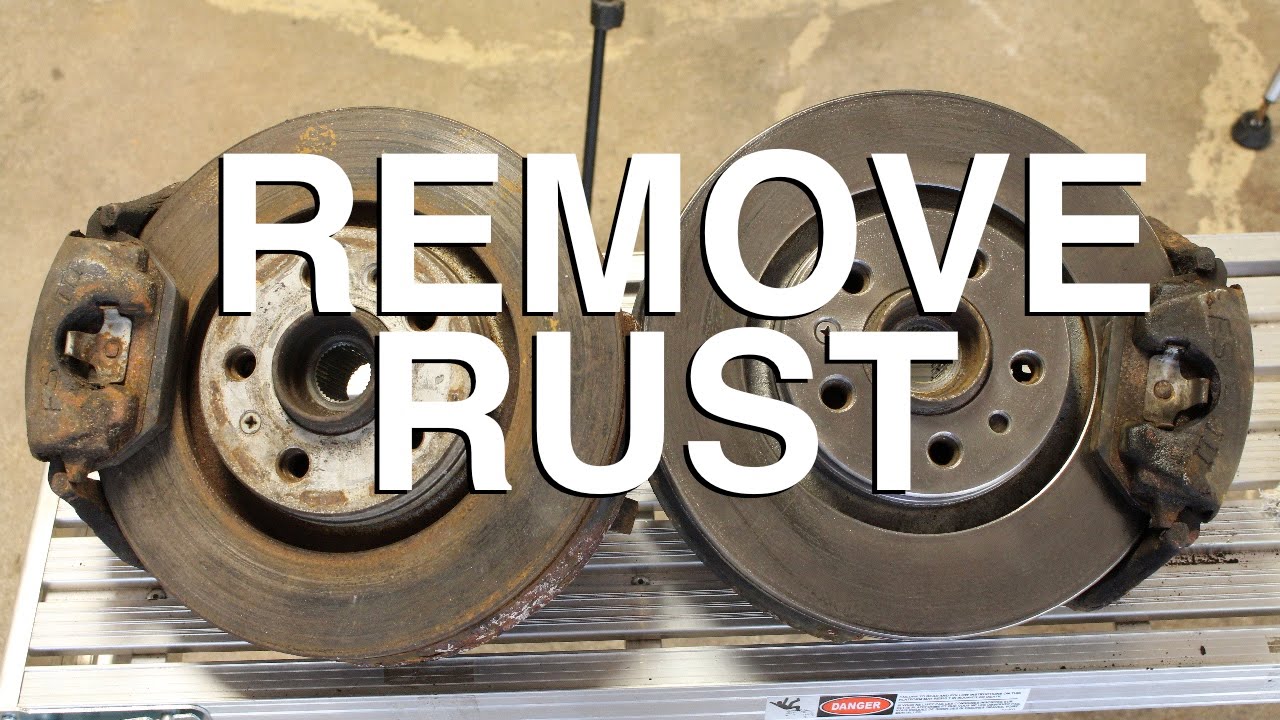
Descaling Rust: A Comprehensive Guide to Removing Corrosion and Protecting Your Assets
Rust, the reddish-brown iron oxide formed by the reaction of iron and oxygen in the presence of water or moisture, is a pervasive problem that affects everything from household tools to large-scale industrial equipment. Understanding the process of descaling rust, or removing this corrosion, is crucial for maintaining the integrity and longevity of metal assets. This comprehensive guide will explore various methods of descaling rust, preventative measures, and the importance of addressing rust promptly to avoid further damage and costly repairs.
Understanding Rust Formation
Before diving into descaling rust, it’s important to understand how rust forms. Rust is a form of corrosion that occurs when iron or iron alloys, such as steel, are exposed to oxygen and moisture. This electrochemical process results in the formation of iron oxide, which we commonly know as rust. The presence of electrolytes, like salt, can accelerate this process significantly. Factors like humidity, temperature, and the presence of pollutants also play a role in the rate of rust formation.
The Impact of Rust
Rust can have a significant impact on the functionality and structural integrity of metal objects. It weakens the metal, leading to potential failures and safety hazards. In addition, rust can be unsightly, diminishing the aesthetic appeal of items. From a financial perspective, rust can lead to increased maintenance costs, premature replacement of equipment, and potential downtime in industrial settings. Therefore, effective descaling rust strategies are essential for preserving assets and minimizing losses.
Methods of Descaling Rust
There are several methods available for descaling rust, each with its own advantages and disadvantages. The best method will depend on the severity of the rust, the size and shape of the object, and the available resources.
Mechanical Descaling
Mechanical descaling rust involves physically removing the rust using tools such as wire brushes, sandpaper, grinding wheels, or abrasive blasting. This method is effective for removing loose rust and surface corrosion. Wire brushes and sandpaper are suitable for smaller areas and lighter rust. Grinding wheels and abrasive blasting are better suited for larger areas and more severe rust. Abrasive blasting, also known as sandblasting, involves propelling abrasive materials at high speeds to remove rust and other contaminants. It’s a highly effective method, but it requires specialized equipment and safety precautions. [See also: Safety Precautions for Abrasive Blasting]
Chemical Descaling
Chemical descaling rust involves using chemical solutions to dissolve or loosen the rust. Common chemical solutions include phosphoric acid, hydrochloric acid, and citric acid. These acids react with the rust, converting it into a soluble compound that can be easily rinsed away. Chemical descaling rust is effective for removing rust from intricate shapes and hard-to-reach areas. However, it’s important to use these chemicals with caution, as they can be corrosive and harmful to the environment. Always follow the manufacturer’s instructions and wear appropriate personal protective equipment (PPE) when handling chemical descalers.
Electrolytic Descaling
Electrolytic descaling rust, also known as electrolysis, uses an electric current to remove rust. The rusted object is submerged in an electrolyte solution and connected to the cathode (negative electrode) of a DC power supply. A sacrificial anode (positive electrode), typically made of steel or stainless steel, is also submerged in the solution. When the electric current is applied, the rust is reduced back to iron, which then plates onto the cathode. Electrolytic descaling rust is a relatively gentle method that is effective for removing rust from delicate or intricate objects. It is also environmentally friendly, as it does not involve the use of harsh chemicals. [See also: DIY Electrolytic Rust Removal]
Laser Descaling
Laser descaling rust is a relatively new technology that uses high-powered lasers to vaporize rust and other contaminants from metal surfaces. The laser beam is precisely controlled to remove the rust without damaging the underlying metal. Laser descaling rust is a highly effective and efficient method that can be used on a wide range of materials. It is also environmentally friendly, as it does not involve the use of chemicals or abrasives. However, laser descaling rust equipment can be expensive, making it a less accessible option for some users.
Choosing the Right Descaling Method
Selecting the appropriate descaling rust method requires careful consideration of several factors. The severity of the rust is a primary consideration. Light surface rust may be effectively removed with mechanical methods like wire brushing or sanding. More severe rust may require chemical or electrolytic descaling rust. The size and shape of the object are also important. Intricate or delicate objects may benefit from chemical or electrolytic descaling rust, while larger objects may be more efficiently treated with abrasive blasting or laser descaling rust. Finally, the available resources, including budget, equipment, and expertise, will also influence the choice of method.
Preventative Measures to Minimize Rust Formation
While descaling rust is essential for removing existing corrosion, preventing rust formation in the first place is even more effective. Several preventative measures can be taken to minimize rust and protect metal assets.
Protective Coatings
Applying protective coatings, such as paint, powder coating, or galvanizing, is a common and effective way to prevent rust. These coatings create a barrier between the metal and the environment, preventing oxygen and moisture from reaching the surface. Paint provides a simple and cost-effective barrier, while powder coating offers a more durable and corrosion-resistant finish. Galvanizing involves coating the metal with a layer of zinc, which provides sacrificial protection. If the zinc coating is scratched or damaged, it will corrode first, protecting the underlying metal. [See also: Comparing Protective Coatings for Metal]
Proper Storage and Handling
Proper storage and handling practices can also help to prevent rust. Store metal objects in a dry, well-ventilated area to minimize exposure to moisture. Avoid storing metal objects directly on the ground, as this can promote corrosion. When handling metal objects, avoid touching them with bare hands, as the oils and salts from your skin can contribute to rust formation. Wear gloves when handling metal objects to protect them from contamination.
Regular Cleaning and Maintenance
Regular cleaning and maintenance are essential for preventing rust. Clean metal objects regularly to remove dirt, dust, and other contaminants that can promote corrosion. Inspect metal objects regularly for signs of rust and address any issues promptly. Apply a protective coating, such as oil or wax, to metal objects to provide a barrier against moisture.
Dehumidification
In environments with high humidity, dehumidification can be an effective way to prevent rust. Dehumidifiers remove moisture from the air, reducing the risk of corrosion. This is particularly important for storing metal objects in enclosed spaces, such as garages, basements, or warehouses. [See also: Choosing the Right Dehumidifier for Metal Storage]
The Importance of Prompt Rust Removal
Prompt descaling rust is crucial for preventing further damage and costly repairs. Rust can spread quickly, weakening the metal and leading to structural failures. Addressing rust early can prevent it from spreading and causing more extensive damage. Regular inspections and proactive descaling rust can save time, money, and potential safety hazards.
Conclusion
Descaling rust is an essential maintenance practice for preserving the integrity and longevity of metal assets. By understanding the process of rust formation, selecting the appropriate descaling rust method, and implementing preventative measures, you can effectively protect your metal objects from corrosion. Whether you choose mechanical, chemical, electrolytic, or laser descaling rust, the key is to address rust promptly and proactively to minimize damage and ensure the long-term performance of your assets. Remember to always prioritize safety and follow manufacturer’s instructions when using descaling rust products or equipment.

